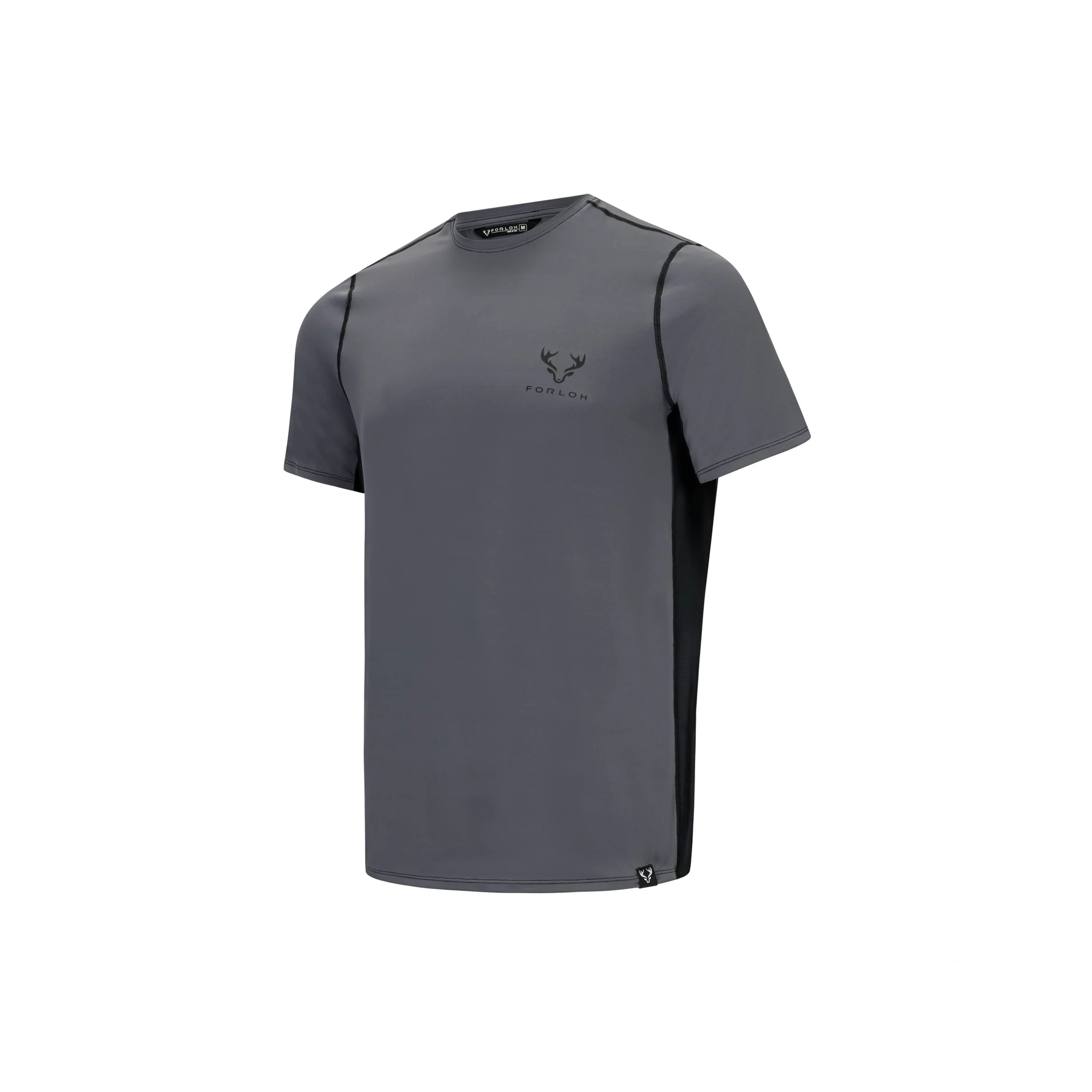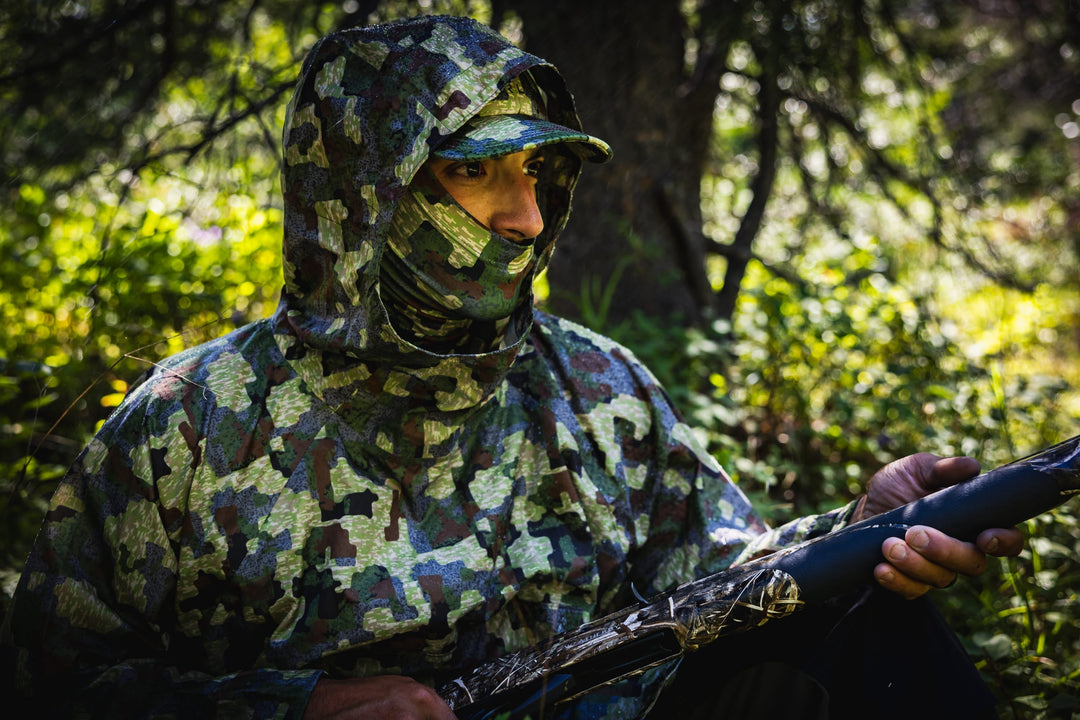By Everett Headley
The Battle of Belleau Wood was, from the outset, bleak. In June of 1918, World War I had raged for four years. Having just signed a new peace treaty with Russia, Germany reinforced the western front with troops from the east. Germany quickly gained ground, and the French were on the retreat. It seemed that this small, but strategically important crossroad would be lost and the western line would cave.
Then the Marines arrived. They were led by heroes like Gunnery Sergeant Dan Daly (who had won the Medal of Honor, twice) and Captain Lloyd Williams, who, when told he should give up the fight, replied, “Retreat? Hell, we just got here!” They would go on to fight with such ferocity that they earned the moniker every Marine continues to wear with pride: teufel hunden or “devil dog.”

Tribute to America and American Made
A leading textile development company, Steven Lerman and Brookwood, continues to provide superior materials to the military. In the offices of Brookwood Companies is one of these uniforms worn by a Marine over a hundred years ago.
While searching for partners to fulfill the dream of a technical clothing company that sources and manufactures entirely in the United States, FORLOH Founder Andy Techmanski and Chief Product Officer Robert Yturri were immediately drawn in when they saw the uniform worn by Marines at Belleau Wood. “This legendary and storied 'army green' struck us upon sight as being not only the ideal green for FORLOH but also as a thoughtful homage to our past military veterans from the first world war,” Robert remembers.
Development of FORLOH Green
However, industry color codes did not exist in 1918, and an attempt to reproduce this green had not been tried. They asked Lerman if he could bring that color into FORLOH’s new line as the foundational hue. “Part of what we do is develop what the customer needs when it doesn’t exist. It’s easier when there is a code, but we found how to consistently get that color with the good people at Brookwood. It was a challenge, and we understand that. It’s what we do,” said Lerman, reflecting on the process required to get to FORLOH Green.

Several months of development required trying the color on different yarns, fabrics, and layers, altering each as a variable changed to ensure the color remained consistent. Robert explained that working with “different fabrics, they take dye differently. Adding lamination, water repellency, and different backer fabrics and materials affect it. So you have to correct across multiple layers.” This resulted in a green that works exceptionally well in diverse areas of environments and is the darkest green of FORLOH’s Deep Cover camouflage pattern.

What was produced is a color that is original to its history. FORLOH Green, as it has been named, is as close to a copyrighted color as one can come. While other companies select a color from a catalog and then apply it to their products, FORLOH sets out on its own course.
Robert, in this pioneering spirit, “When starting FORLOH, I wanted to ditch the old habits: quickest to market by reworking the same old. I wanted to do new things. We made our own three-layer fabric and hand-picked each element from different sources. We came up with our own color to fit our company's needs. That’s the FORLOH way.”

And they continue that philosophy by incorporating new fabrics into technical clothing not seen in the hunting industry. Standards are raised, and expectations are exceeded as each new product hits the line. Robert summed it up nicely, “FORLOH Green was our priority and first-to-market solid colorway offering in the line. If we care this much about color, imagine our attention to every aspect of our gear.”
About the Author: Everett Headley is an outdoor writer and educator. He was raised hunting and fishing in Montana. He lives in the Bitterroot with his Chesapeake Bay retriever, Cane, and his peregrine falcon, Freyja. You can find more of his work on his website and on Instagram @everettheadley.








